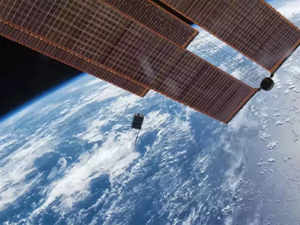

On July 31, 2018, China successfully launched an optical remote sensing satellite as part of its high-resolution Earth-observation project that will provide data for the Belt and Road Initiative (BRI). The Gaofen-11 satellite was launched on a Long March 4B rocket from the Taiyuan Satellite Launch Center in northern Shanxi Province. It was the 282nd flight mission by a Long March carrier rocket.
The satellite can be used for land survey, urban planning, road network design, agriculture and disaster relief. China had unveiled the BRI in 2013 to link Southeast Asia, Central Asia, the Gulf region, Africa and Europe with a network of land and sea routes.